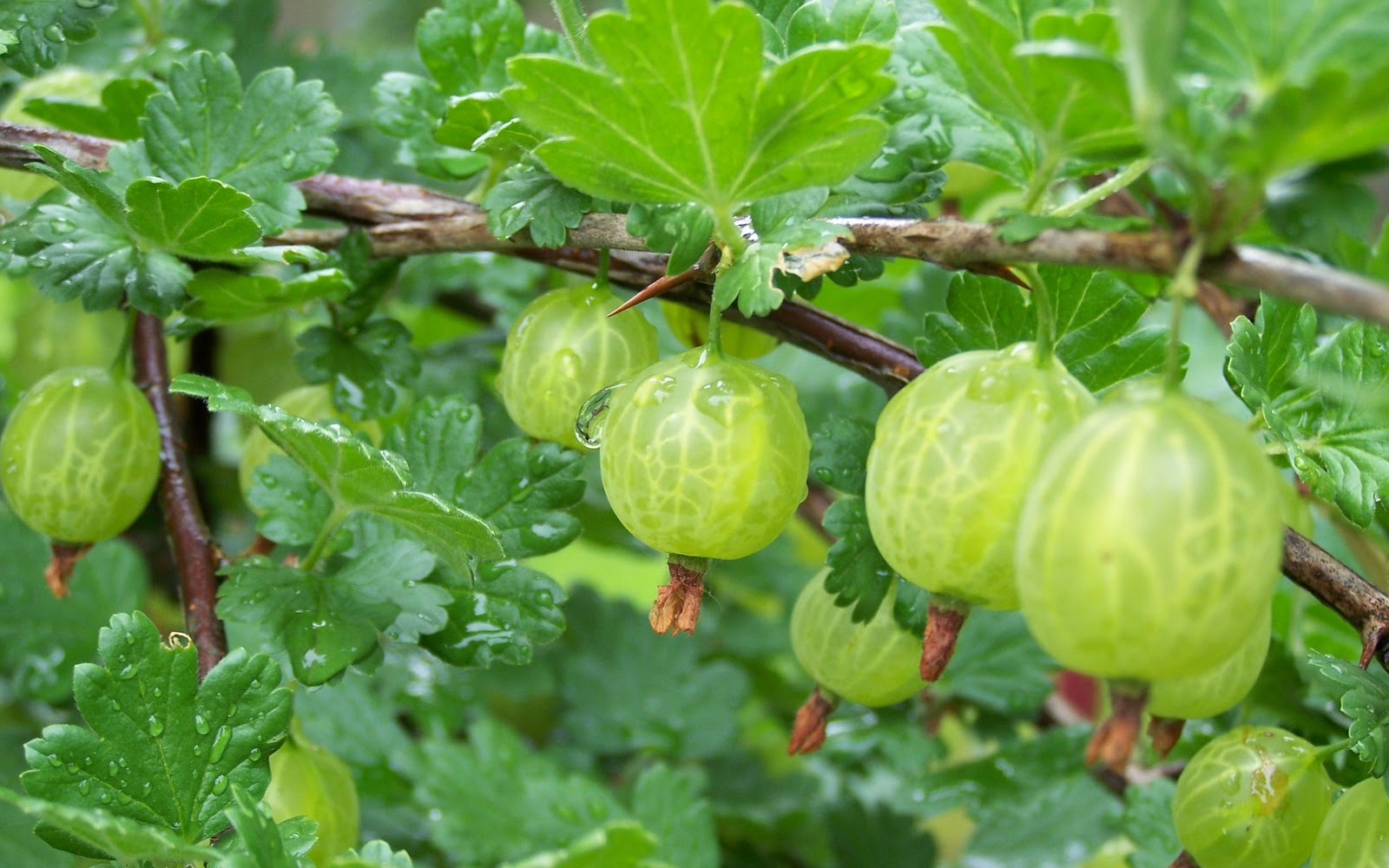

The Ultimate Guide To Gooseberries: Benefits, Varieties, And Uses
Gooseberries are a unique and tangy fruit that have been enjoyed for centuries across various cultures. Their distinct flavor and numerous health benefits make them a popular choice among fruit lovers and health enthusiasts alike. In this comprehensive guide, we will explore everything there is to know about gooseberries, including their nutritional profile, different varieties, and how you can incorporate them into your diet.
Whether you're a seasoned gardener looking to grow your own gooseberries or a curious foodie eager to try new recipes, this article is designed to provide you with all the information you need. Gooseberries offer a delightful burst of flavor and are packed with vitamins and minerals, making them a fantastic addition to your culinary repertoire.
Join us as we delve into the world of gooseberries, understanding their history, health benefits, and practical uses. By the end of this guide, you will not only appreciate these berries more but also find ways to enjoy them in your daily life.
Table of Contents
- What Are Gooseberries?
- Nutritional Benefits of Gooseberries
- Varieties of Gooseberries
- Growing Gooseberries
- Culinary Uses of Gooseberries
- Health Benefits of Gooseberries
- Sourcing and Storage
- Conclusion
What Are Gooseberries?
Gooseberries are small, round, and often tart berries that belong to the Ribes genus. They come in various colors, ranging from green to yellow, red, and purple, depending on the variety. Historically, gooseberries have been cultivated since the 16th century and are native to Europe, Asia, and North America.
These fruits grow on thorny shrubs, typically reaching heights of 1 to 2 meters. Gooseberries are often used in jams, desserts, and savory dishes, providing a unique flavor profile that balances sweetness and tartness.
Nutritional Benefits of Gooseberries
Gooseberries are not only delicious but also incredibly nutritious. Here’s a quick overview of their nutritional profile per 100 grams:
- Calories: 44
- Carbohydrates: 10.18g
- Fiber: 4.3g
- Vitamin C: 27mg (45% of the Daily Value)
- Vitamin A: 5µg
- Potassium: 198mg
- Iron: 0.3mg
The high vitamin C content in gooseberries plays a crucial role in boosting the immune system and promoting skin health. They are also rich in antioxidants, which help combat free radicals in the body.
Varieties of Gooseberries
Gooseberries come in several varieties, each with its unique flavor and characteristics. Here are some of the most popular types:
1. Green Gooseberries
These are the most common variety, often tart and slightly acidic. They are perfect for cooking and making jams.
2. Red Gooseberries
Red gooseberries tend to be sweeter than their green counterparts and are often enjoyed fresh or used in desserts.
3. Yellow Gooseberries
This variety is less common but offers a sweet flavor, making them great for snacking.
4. Cape Gooseberries
Also known as ground cherries, these are not true gooseberries but belong to the same family. They have a sweet-tart flavor and are often used in desserts.
Growing Gooseberries
If you're interested in growing gooseberries, here are some essential tips:
- Choose a sunny location with well-drained soil.
- Plant gooseberries in early spring or fall.
- Water regularly, especially during dry spells.
- Prune the plants annually to encourage healthy growth.
Culinary Uses of Gooseberries
Gooseberries can be used in various culinary applications:
- **Jams and Jellies:** Their tart flavor makes gooseberries ideal for preserves.
- **Desserts:** Use them in pies, crumbles, or tarts for a deliciously tangy treat.
- **Savory Dishes:** Incorporate them into sauces or as a topping for meats.
- **Smoothies:** Blend gooseberries with other fruits for a refreshing drink.
Health Benefits of Gooseberries
In addition to being tasty, gooseberries offer several health benefits:
- **Boost Immunity:** The high vitamin C content helps strengthen the immune system.
- **Improve Digestion:** The fiber in gooseberries aids in digestion and promotes gut health.
- **Support Weight Loss:** Low in calories and high in fiber, they can help you feel full longer.
- **Antioxidant Properties:** Gooseberries are rich in antioxidants, which protect against chronic diseases.
Sourcing and Storage
When buying gooseberries, look for firm, plump berries without blemishes. They can be found in grocery stores, farmers' markets, or you can grow your own. To store gooseberries, keep them in the refrigerator in a breathable container for up to a week. For long-term storage, consider freezing them.
Conclusion
In summary, gooseberries are a versatile and nutritious fruit that can enhance your diet in many ways. From their health benefits to their culinary applications, they are a fruit worth exploring. Whether you're enjoying them fresh, in a dessert, or as part of a savory dish, gooseberries can add a delightful twist to your meals.
We encourage you to experiment with gooseberries in your kitchen and experience their unique flavor for yourself. If you have any recipes or tips to share, please leave a comment below or share this article with fellow food enthusiasts!
Thank you for reading, and we hope to see you back here for more informative articles on healthy foods and recipes!
Exploring The Legacy Of Jackson 5 Members: A Journey Through Music History
Delicious Swiss Roll: A Comprehensive Guide To This Classic Dessert
Understanding The Constant Of Proportionality: A Comprehensive Guide


